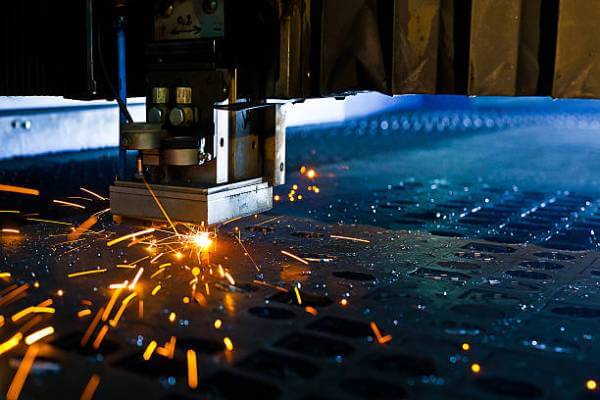Laser processing methods have revolutionized manufacturing, providing high precision, efficiency, and versatility across various applications. This article explores different laser-based techniques, including laser cutting, welding, engraving, drilling, and marking, along with their applications and benefits, based on content from PROTO MFG.

How Laser Cutting Works
Laser cutting uses a concentrated beam of light to cut through materials by melting, burning, or vaporizing the material along a precise path. The process involves focusing a laser onto the material, generating heat to achieve clean and accurate cuts. Controlled by CNC (Computer Numerical Control) systems, laser cutting can produce intricate shapes and patterns with high repeatability.
Materials that Can be Cut
Laser cutting is compatible with a wide range of materials, including:
Industries that Use Laser Cutting
Industries such as automotive, aerospace, electronics, and custom manufacturing extensively use laser cutting. Its ability to produce complex parts with high precision makes it an invaluable tool for prototyping and mass production.
Process of Laser Welding
Laser welding uses a focused laser beam to fuse materials together, typically metals or thermoplastics. The intense energy from the laser melts the edges of the materials, creating a strong joint as the molten material cools and solidifies.
Types of Laser Welding
Basics of Laser Engraving
Laser engraving involves removing a portion of a material’s surface using a laser beam to create text, patterns, or designs. Users can adjust the depth and intensity to achieve various results, making it suitable for personalized items or intricate designs.
Materials for Laser Engraving
Laser engraving is effective on metals, plastics, wood, glass, and leather. This versatility makes it ideal for producing custom items like nameplates, trophies, and industrial parts.
Drilling with Lasers
Laser drilling uses high-intensity laser pulses to create holes in a material. The focused beam melts or vaporizes the material, allowing for precise control over the diameter and depth of the holes.
Applications of Laser Drilling
Electronics manufacturers commonly use this technique to create micro-holes in circuit boards, aerospace engineers apply it to produce cooling holes in turbine blades, and medical device makers rely on it where precision is crucial.
Manufacturers use laser marking to permanently mark materials with text, logos, or serial numbers. Unlike engraving, it alters the surface of the material without removing it. Manufacturers widely use this process for labeling components, branding, and ensuring traceability in the medical, automotive, and electronics industries.
For manufacturers seeking reliable laser processing services, PROTO MFG offers a streamlined sourcing experience. With expertise in laser cutting, welding, engraving, drilling, and marking, PROTO MFG ensures high-quality results and quick turnaround times. Whether it’s a one-off prototype or high-volume production, they provide tailored solutions to meet diverse project needs.
In conclusion, laser processing methods are essential for modern manufacturing, providing accuracy, flexibility, and cost-effectiveness. By understanding the unique applications and benefits of each method, businesses can leverage laser technology to enhance production capabilities.